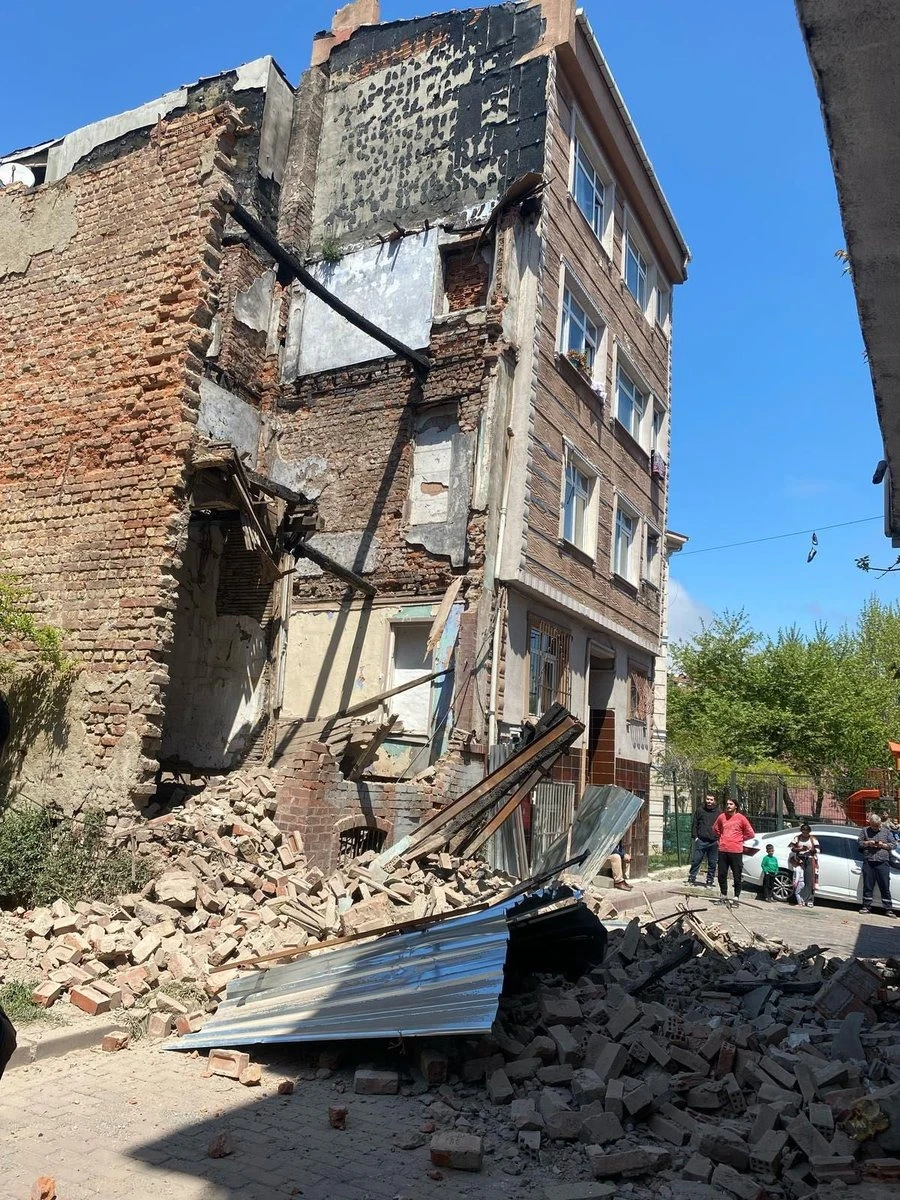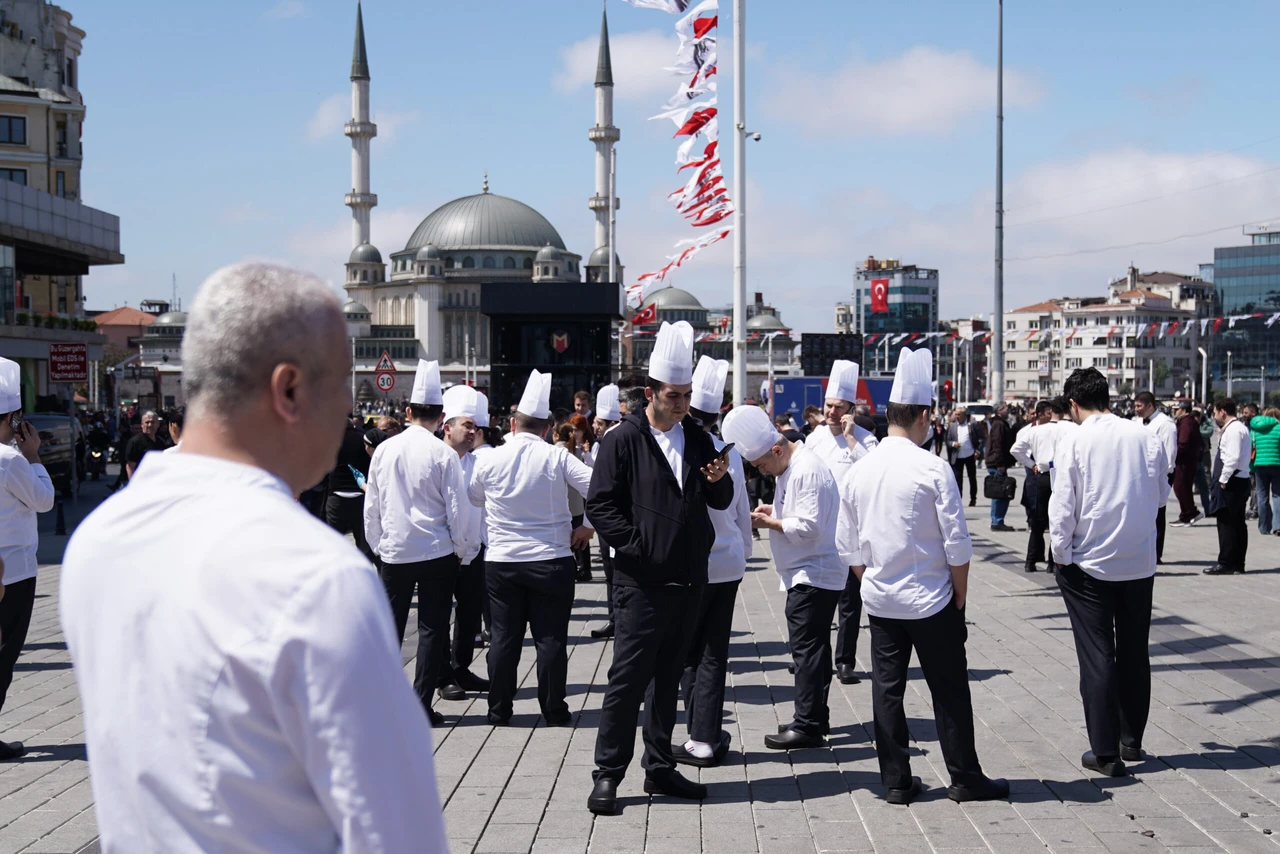April 23 Istanbul earthquake not the anticipated ‘big one,’ experts warn
 A partially collapsed abandoned building lies in ruins in the Fatih district following a 6.2 magnitude earthquake in Istanbul, Türkiye, April 23, 2025. (Photo via Karar.com)
A partially collapsed abandoned building lies in ruins in the Fatih district following a 6.2 magnitude earthquake in Istanbul, Türkiye, April 23, 2025. (Photo via Karar.com)
A series of powerful earthquakes struck the Marmara Sea region, the strongest measuring 6.2 in magnitude, sparking panic across major cities in Türkiye, including Istanbul, Izmir, Balikesir, Canakkale, Ankara and Usak.
While no major structural damage occurred, 151 people were injured due to panic-induced falls from height. A derelict building collapsed in the Fatih district, prompting the temporary closure of all educational institutions across Istanbul for two days.
Public employees who are disabled, pregnant, war veterans or mothers with children under the age of 10 were granted administrative leave, according to a statement by the Istanbul Governorship.
‘This is not the big Istanbul earthquake’
Despite the intensity of the tremors, renowned geophysicist Professor Ovgun Ahmet Ercan emphasized that this is not the long-anticipated “big Istanbul earthquake.” Speaking to T24, Ercan stated that the expected major quake will strike the Trakya branch of the fault near Silivri and is projected to be between magnitude 7.0 and 7.2—approximately 22 times more powerful than the recent seismic event.
“This quake told us a lot. It showed us the next one will occur 7 to 13 kilometers beneath the surface in a granite layer and will happen along a right-lateral strike-slip fault in the North Anatolian Fault system. The duration of the major quake is expected to exceed 30 to 35 seconds,” he explained.
‘It won’t reduce, delay or hasten the big one’
Addressing public speculation, Ercan clarified that the latest quake does not act as a trigger, delay, or stress reliever for the major event. “It does not lower the probability. It doesn’t bring it forward, and it doesn’t postpone it either,” he said.
He further emphasized that this was not a “foreshock.”
“For a quake to be classified as a foreshock, it needs to be followed by a much bigger earthquake within a short time—a day or two. This was a main shock in itself,” Ercan noted.
Aftershocks expected for 2 weeks
Ercan warned that aftershocks ranging from magnitude 4.0 to 5.0 will continue for about two weeks. He noted that Istanbul’s destruction threshold starts at 6.4 magnitude. “If today’s earthquake had been just 0.2 points stronger, we would be talking about serious destruction right now,” he added.
’25 years wasted on urban transformation’
Highlighting a critical issue, Professor Ercan criticized the lack of progress in earthquake preparedness through urban transformation. “Urban renewal has failed to progress in the past 25 years. Istanbul Mayor Ekrem Imamoglu says $25 billion is needed, but where is that money? It doesn’t exist,” he stressed.
According to Ercan, some peripheral developments have occurred, but the city remains largely unprepared. “People turned to structural changes instead, but this undermines true urban transformation. Only the wealthy can afford structural upgrades. Retirees and minimum-wage earners can’t. In the end, it’s always the poor who die in earthquakes,” he said.
‘Everyone must assess their home’s resonance’
As a critical call to action, Ercan urged citizens to conduct resonance measurements in their homes. “This shows whether a house will collapse during a quake. People should also obtain structural and seismic safety certificates for their properties,” he advised.



